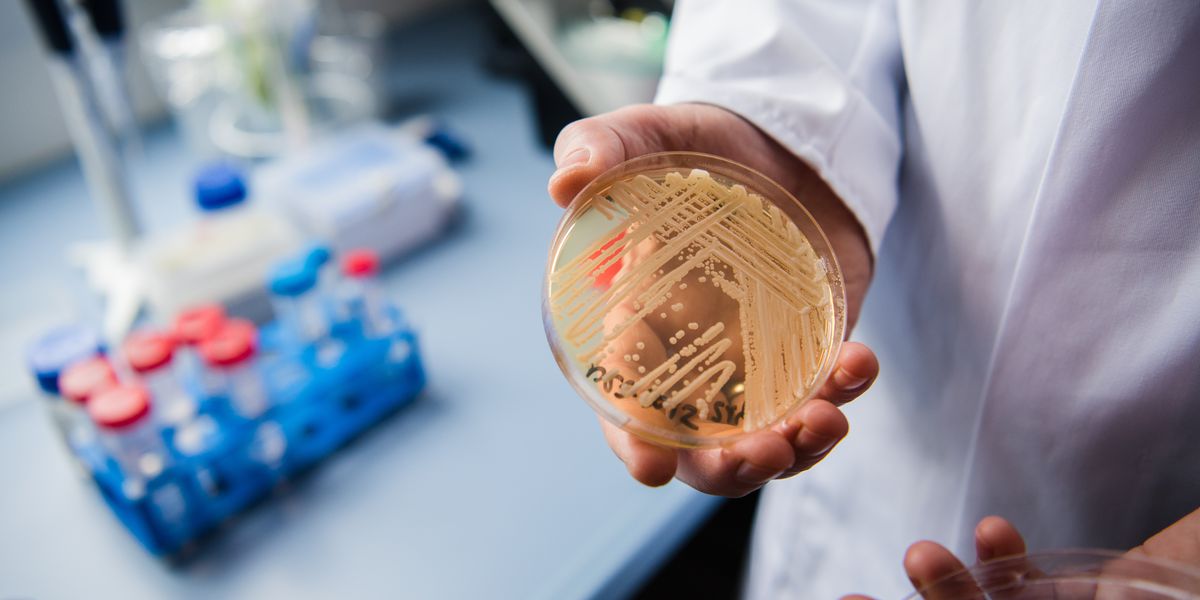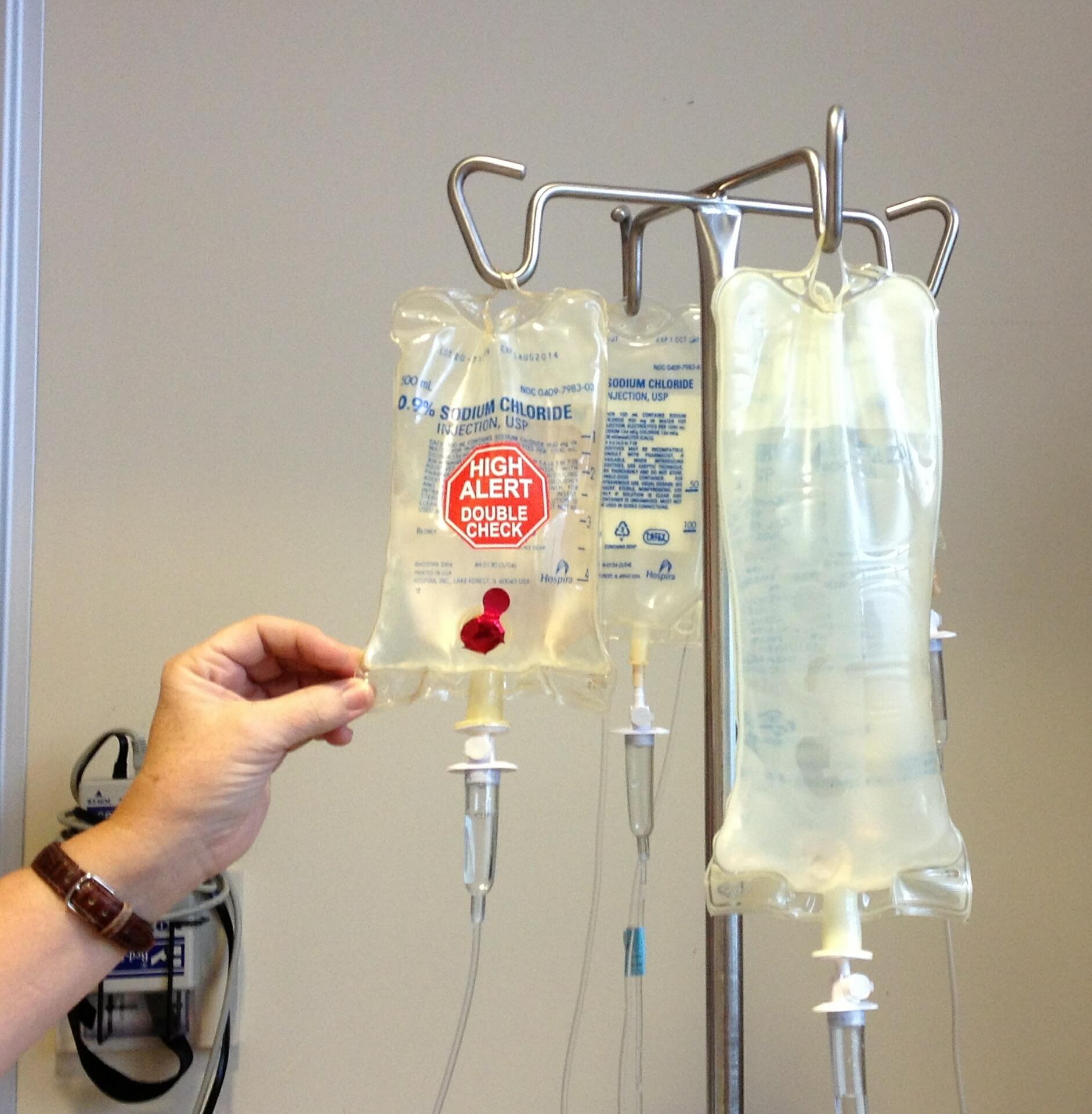Circulating MCP‐1 is associated with cachexia in treatment
Pancreatic cancer patients have among the very best rates of infirmity, with an associate degree calculable 80–90% of patients with end‐stage sickness affected. Additionally, cachexia in carcinoma patients isn't solely related to end‐stage disease. Over 70% of fresh diagnosed pancreatic cancer patients meet cachexia criteria.
Whereas the importance of cancer cachexia is clear, this syndrome remains under‐recognized to the high reliance on self‐reported weight loss, which has poor reliability. Further, the degree of weight loss associated with poor outcomes is typically not thought-about clinically meaningful. Thus, a biomarker of cancer infirmity would be a valuable tool to enhance the popularity of this syndrome.
A variety of pro‐inflammatory cytokines is related to cancer cachexia and so thought-about potential biomarkers.
Cancer cachexia is often associated with redoubled levels of current inflammatory cytokines TNF, IL‐1β, IL‐6, and IFN‐γ.
Thus, one cannot exclude the chance that these elevated inflammatory cytokines in infirmity patients result from advanced disease, rather than directly from the infirmity syndrome. Our knowledge employing a cohort of each probably resectable and resected carcinoma patient demonstrates that current levels of inflammatory cytokines love TNF, IL‐6, IL‐1β, and IFN‐γ, are thought to be the markers of cancer cachexia. However, variations in leptin, GM‐CSF, and MCP‐1 were related to cachexia. whereas circulating levels of leptin and GM‐CSF are close regarding a patient' BMI, MCP‐1 not only indicates BMI, it is also a possible biomarker of cancer cachexia.
Reduced leptin and GM‐CSF are related to carcinoma
Leptin has been seen to be elevated in cancer patients. However, leptin levels of infirmity patients are typically underweight stable cancer patients or healthy controls. Whereas massive cohort studies repeatedly demonstrate that leptin levels correlate with weight loss, leptin levels within the same studies are extremely related to the subject's BMI.
Thus, on the premise of identifying a private patient with cachexia, wherever patients typically have high BMIs, even when developing cachexia. though GM‐CSF is a vicinity of intense interest in exocrine gland cancer patients, as GM‐CSF seems to contribute to the immune suppression that enables pancreatic cancer to develop and progress, we tend to be unable to search out any study changes in plasma GM‐CSF in pancreatic cancer patients. Further, we were unable to spot any reports demonstrating variations in current GM‐CSF between infirmity and weight stable patients in any cancer type. Importantly, whereas related to weight loss, kind of like leptin, GM‐CSF was conjointly tightly related to BMI in our cohort of patients.
MCP‐1 as a possible biomarker of cancer infirmity
MCP‐1 may be a ubiquitously expressed gene, as well as expression in animal tissue, skeletal muscle, and exocrine gland tumors. Redoubled MCP‐1 organic phenomenon in each tumor and fat tissue has been antecedently associated with cancer cachexia, either preoperatively or postoperatively. This could be in step with our results, as the inclusion of modern adjuvantly‐treated patients covert differences in MCP‐1 between infirmity and weight stable patients. Thus, therapy and/or radiation treatment could decrease current levels of this factor. a lot of in‐depth analyses are going to be needed to properly address this question.
Conclusion
Extra work also will be required to work out if MCP‐1 may be a biomarker of cancer infirmity in different cancers or is restricted to exocrine gland cancer. Additionally to taking into consideration sickness progression, treatment standing is a crucial variable of any biomarker study, that historically has been underappreciated within the exploring for a biomarker of cancer cachexia.
However, it's vital to recollect that infirmity will be assessed during a variety of how in patients bearing treatment for or her disease. Actuality utility of a biomarker of cancer cachexia is at the time of initial diagnosis, once patients often lack weight data or imaging to produce a baseline from that to assess cachexia. Thus, we powerfully recommend that the results of exploitation of such platforms undergo rigorous validation.









